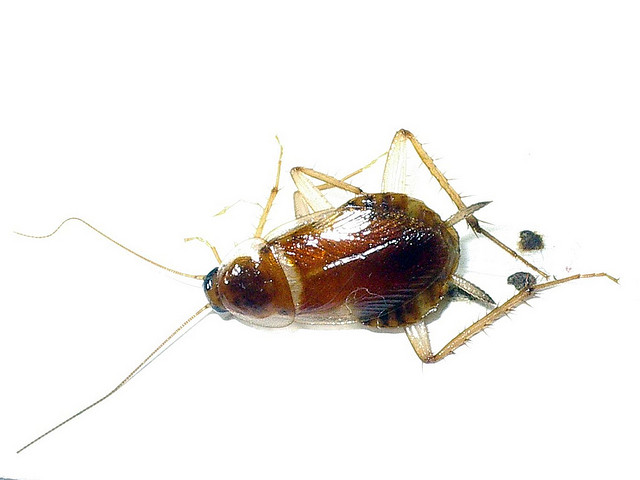Pest identification is very important when it comes to understanding the best way to deal with them. It is through this identification that you will know what brings them, their life cycle, their eating habits, habitats and how to eradicate them finally. Among the most common household pest infestation is the cockroach problem. These pests live in tinny nooks and crannies and they can feed on almost anything. The following are tips on how to identify the brown banded cockroach.
Appearance
In length an adult brown banded cockroach is about 11-14.5 mm in length. This means that they are thick and long pests. These pests got their name from the light brown transverse bands that appear on their wings. This is also present on the body of the nymphs and young cockroaches.
Behavior, habits and diets
The brown banded cockroach lives mostly in places that are warm and less humid with temperatures even above 80 degrees Fahrenheit. They are mostly live in ceilings, attics and around appliances motors. These pests are very active during night hours and sometimes they might search for food during the day but this is not so common. This type of cockroaches love foods that contain high starch content for example book bindings, stamps and wallpaper glue.
Reproduction
A fully grown adult brown banded type cockroach has an average life cycle of 206 days. A female cockroach produces about 14 egg capsule in her entire life. Each capsule contains between 10-18 eggs. The female cockroach carries the capsule for about 36v hours before attaching it to a protected area for it to hatch on its own.
Droppings
These pests can easily be identified by their droppings. The droppings appear as black specs or dark brown smears. They use these fecal spots to communicate to the other cockroaches about a safe gathering. The droppings can be found on the ceilings especially along the crown molding, around light fixtures and behind picture frames.
In summary, the above tips are among the best ways on how to identify brown banded cockroaches. This will help you on knowing the best procedure of dealing with these pests in case of an infestation.
